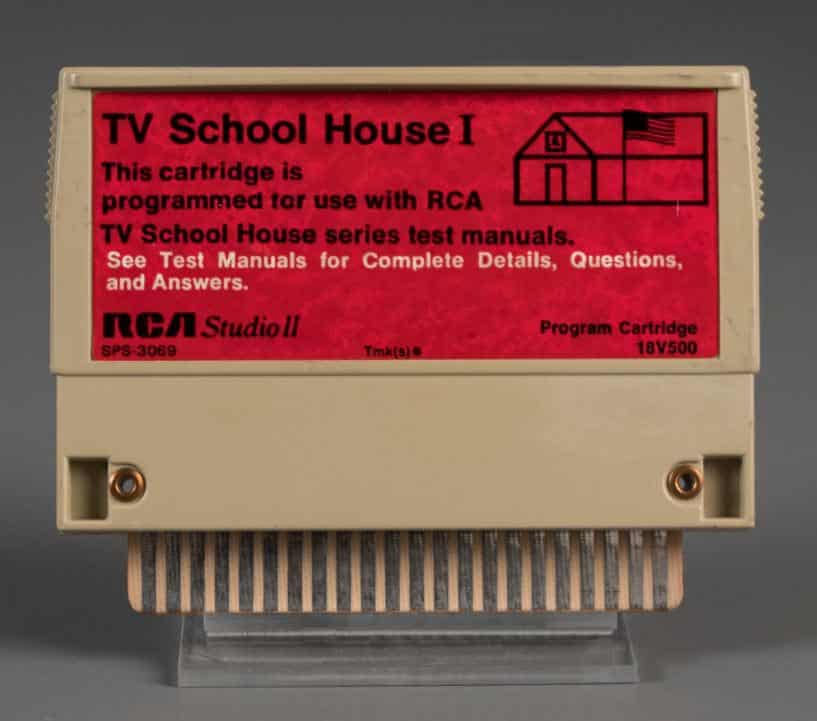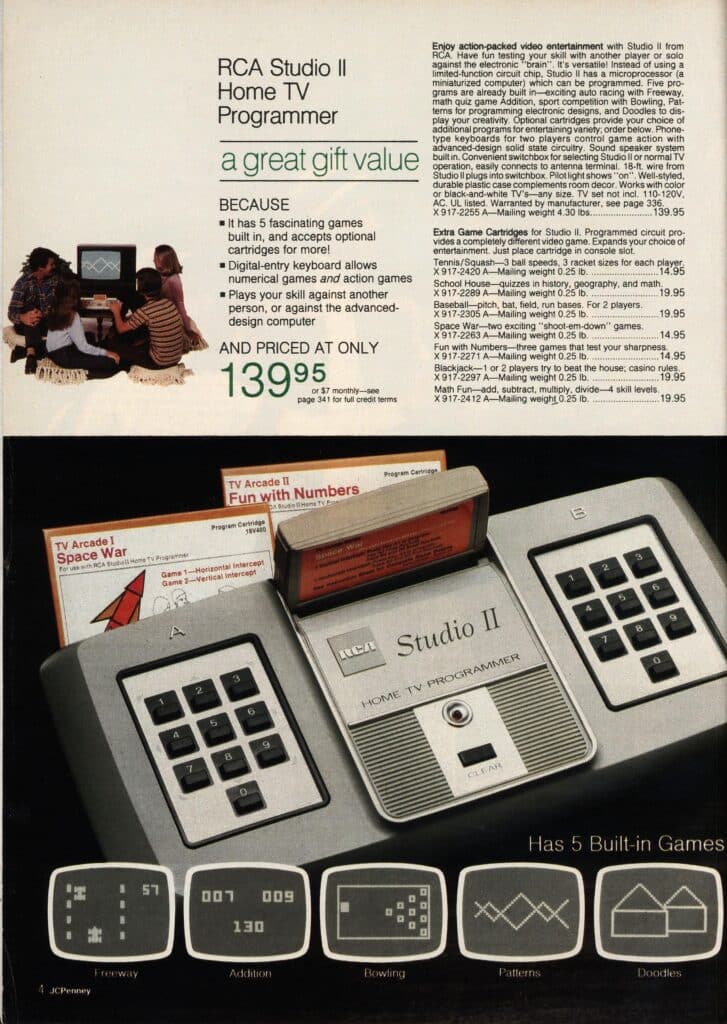
From Box 1, Folder 1, Joyce A. Weisbecker papers. The Strong, Rochester, New York.
How did you spend the summer after your high school graduation? Though that was a few more years ago than I care to enumerate, some memories spring to the forefront of my mind: feeling anxious and excited about starting college in the fall; working long hours at a family entertainment center (where I was occasionally costumed as a giant mouse…); and spending those last, warm evenings having fun with my hometown friends. I was certainly not doing anything groundbreaking—pretty much the opposite experience of an 18-year-old named Joyce Ann Weisbecker in 1976. You see, while her former classmates were off frolicking at the shore or the roller-skating rink, Joyce was making history as the first female commercial video game designer.
The daughter of a teacher and an RCA engineer, Joyce Weisbecker learned how to program on her father Joseph’s experimental homemade computer system, which they called “FRED” (for “Flexible Recreational & Educational Device”). After Joyce graduated from high school, Joseph asked her if she would like to program video games for RCA, and she was hired as a contractor in August 1976. For the RCA Studio II, Joyce programmed TV School House I (a two-player computer quiz which required the use of a supplemental question booklet) and the combination cartridge Speedway—Tag (a racing game and a chase/tag game, both for two players). Joyce received $250.00 for each of these games, which she estimated took about 200 hours of work in full to program.

Even though RCA’s Studio II didn’t make the same impact on the home video game market as its competitors (like the Atari 2600), Joyce’s contributions to game history, nevertheless, are significant. According to a 2017 interview with Benj Edwards, she considers herself possibly the first “indie” video game programmer; it was merely a coincidence that she was also a woman. Joyce also programmed three additional games for the RCA Cosmac VIP (Slide, Sum Fun, and Sequence Shoot) while under contract with RCA. She then opted to focus on school, double-majoring in Computer Engineering and Actuarial Science at Rider College. After working as an actuary for nearly 20 years, she earned another Bachelors degree in Electrical Engineering and a Masters degree in Computer Science.

The Joyce A. Weisbecker papers in the Brian Sutton-Smith Library & Archives of Play offer a glimpse into the world of game design and programming in the 1970s. (Compared to the conventional stacks of dot-matrix printer paper source code printouts in other archival collections, Joyce’s code printout for what would become TV School House more closely resembles a retail shopping receipt!) This collection is also an incredible addition to our resources supporting the museum’s Women in Games initiative, and we’re pleased to preserve Joyce’s trailblazing story alongside those of other game industry pioneers and luminaries. Not a bad outcome from a brief summer job!



